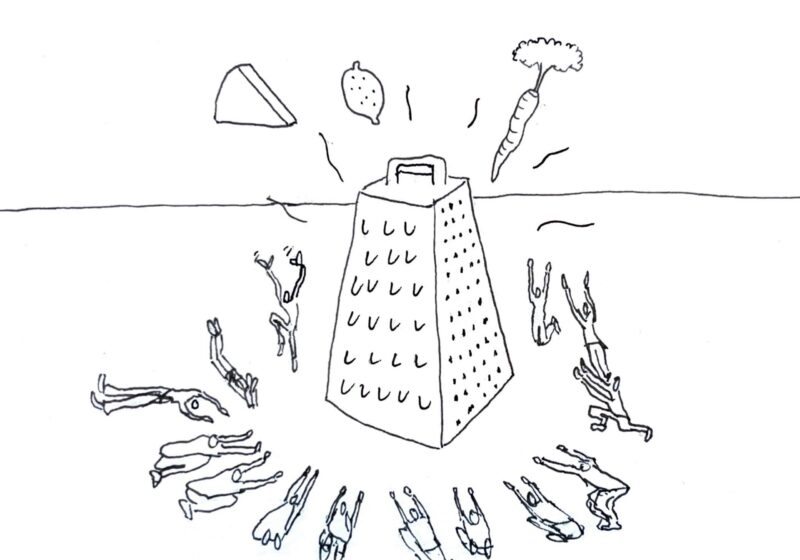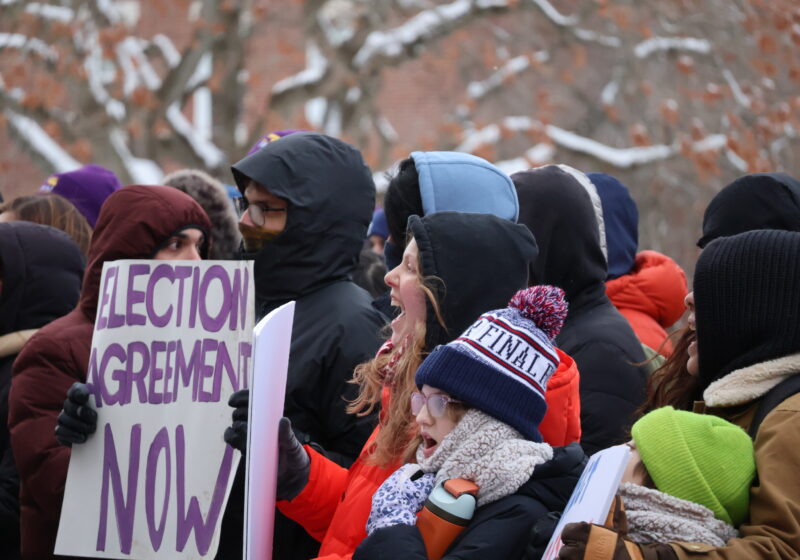by Dave Rudy
Campus Times Staff
To both tennis aficionados and average fans alike, the 2001 US Open offered plenty of highlight action and attention grabbing matchups, proving once again that professional tennis is a legitimate form of sports entertainment.
This year?s tournament, which began Aug. 27 and finished this past weekend, featured two great championship stories.
In the women?s final, it was a historic family affair as Venus and Serena Williams found themselves competing for the title face-to-face for the first time.
It was also the first US Open Title contested by two sisters. Ultimately, in front of millions of fans and her family, Venus thwarted her younger sibling in straight sets 6-2, 6-4 to defend her US Open title. This victory marks Venus? fifth career grand slam title.
On the men?s side, Australian Lleyton Hewitt put himself in the history books as he became one of the youngest players to win the US Open. At age 20, Hewitt more than dominated five-time US Open champion Pete Sampras, winning brilliantly in straight sets 7-6, 6-1, 6-1.
Yet to me, the highlight of the tournament involved neither Hewitt nor the Williams sisters.
The best story of the tournament actually took place five days before the titles were even awarded, when No. 2 seeded Andre Agassi and No. 10 seeded Pete Sampras battled each other in the quarterfinals.
This match symbolized American tennis at its highest form ? the best versus the other best.
When the two stepped onto the court of Arthur Ashe Stadium together on Sept. 5, both were well aware of the immense hype and historic importance of the match.
The event not only lived up to, but surpassed many of the high expectations, as the two completed a historic three and a half-hour classic.
Each of the four sets were sent into tie breakers, as both players refused to be broken a single time.
Despite wasting three set points and losing the first set, Sampras was able to edge out Agassi 6-7, 7-6, 7-6, 7-6 in turn improving his personal record against Agassi to 18-14.
Overall, the match was a display of utter power and brute force.
How important was this match? Is Pete better than Andre? With just this single match in mind, the answer to both of these questions is most likely ?no,? but I remain confident believing them to be true when both their careers are evaluated.
I?ve had the great opportunity to discuss and argue this debate with a friend of mine, who adamantly refuses to give Sampras the credit he deserves.
He believes the talent pool has regressed in the past twenty years, and that the players Sampras has faced do not compare with earlier greats. But, over and over, I?ve tried to break it down as clearly as possible to my friend why Sampras is the reigning champ of all time tennis.
Like all sports, tennis is a changing game. It is only fair to judge players in relation to their competitors.
It?s impossible to physically place the primes of Patrick Rafter and Bjorn Borg against each other. Even if it were possible, the two styles of game are so different.
The best way to judge a player, I believe, is by the length of time one has held the No. 1 rank, and by the number of championships won. Sampras has clearly proven his claim. He has won more titles than anyone and nobody has held the No. 1 title as long as he had.
?If he?s so good, why can?t he just win the French Open,? my friend said. ?In order to be the best, a player must win each grand slam.? But that?s like expecting Babe Ruth to steal 50 bases, Michael Jordan to lead the league in blocks and Joe Namath to kick a 50-yard field goal.
Maybe that?s a stretch. But the French Open is just one element of tennis. Overall titles are what matters. Surely someone who won each title only once could not be considered better than a player who won Wimbedon eight times.
The importance of the sport to both these players, Sampras and Agassi, are so immense it almost escapes words.
They represent so many things, a reincarnated tennis rivalry modeled after Conners and McEnroe, a link between the finesse players of the old and the power players of the new, legendary and heroic. There is no doubt they are the best of the best when it comes to tennis.
And as their careers begin to wind down, who knows how many times these long time rivals will face each other again so deep into a grand slam? But the most important question is, ?Who cares?? They were the 2001 US Open tournament.
Dave Rudy can be reached at drudy@campustimes.org.


